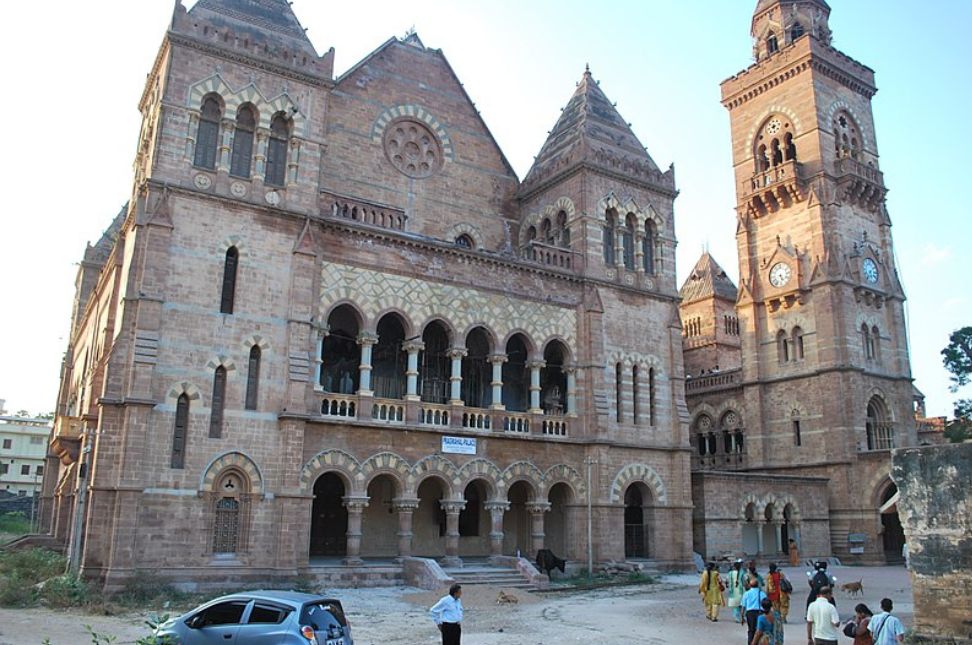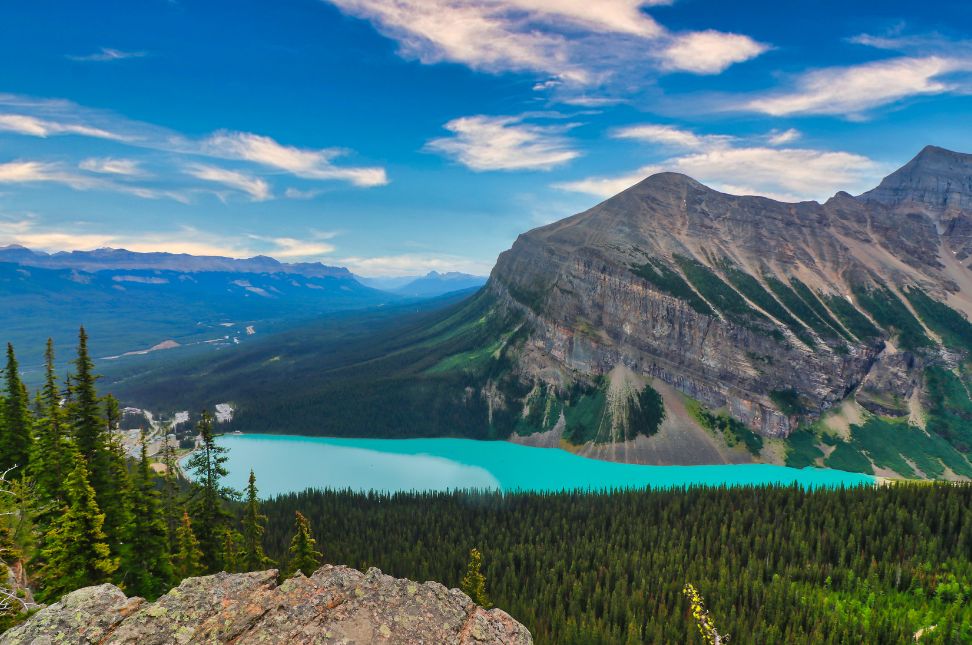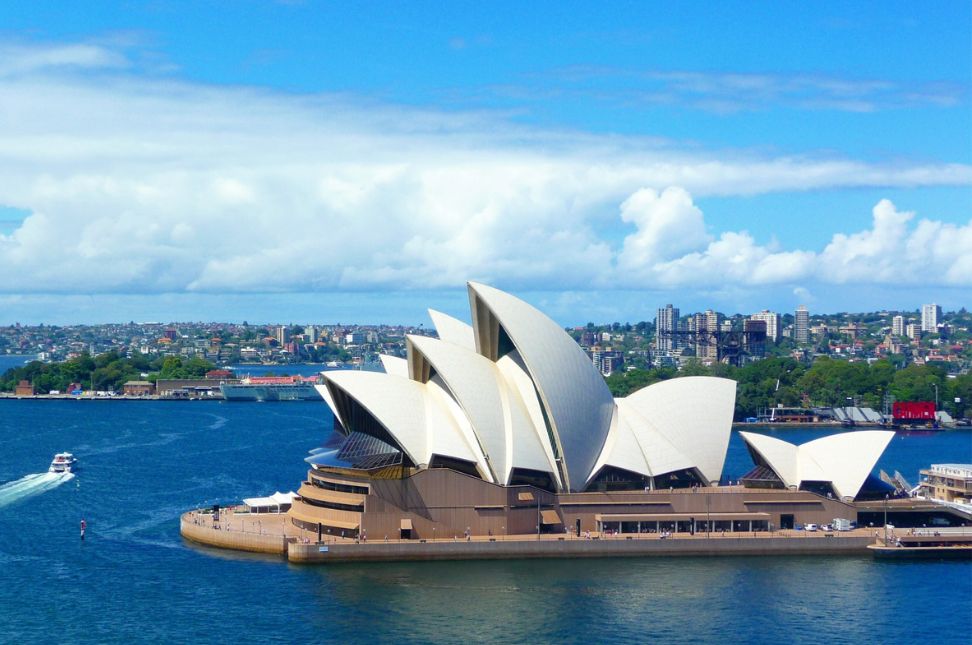Bhuj, a city located in the heart of Gujarat, India, is the perfect gateway to explore the vast, scenic region of Kutch. Known for its rich history, vibrant culture, and stunning landscapes, Bhuj Tourism offers a unique blend of experiences that attract travelers from all over the world, especially those from Tier 1 countries like the US, UK, Canada, and Australia. Whether you’re interested in heritage, art, or natural beauty, Bhuj serves as an ideal starting point for discovering the wonders of Kutch.
A Brief History of Bhuj
Bhuj Tourism is deeply intertwined with the city’s rich historical background. Bhuj has seen the rise and fall of various dynasties, from the Rajputs to the Jadeja rulers who established the city in the 16th century. The city has long been a center for trade, connecting India with Central Asia and the Middle East through its desert routes. Bhuj also holds significance due to its proximity to the Rann of Kutch, a vast salt desert that has been a key geographical feature in the region’s history and culture.
Bhuj’s architecture reflects its historical importance. Many of its palaces, temples, and forts date back centuries and offer insight into the grandeur of Kutch’s rulers. Even today, these historical monuments continue to attract tourists who are eager to dive into Gujarat’s fascinating past.
The Magnificent Aina Mahal and Prag Mahal
One of the must-visit attractions in Bhuj Tourism is the Aina Mahal, also known as the “Palace of Mirrors.” Built in the 18th century by Rao Lakhpatji, this palace showcases intricate mirror work, Venetian glass, and elaborate decorations. The palace also houses a museum filled with artifacts from the time of the Jadeja rulers, including paintings, sculptures, and royal belongings.
Next to the Aina Mahal is the Prag Mahal, a striking building constructed in the 19th century. This palace, designed in an Indo-European style, features beautiful stone carvings and a tall clock tower. Visitors can climb the clock tower for panoramic views of the city and the surrounding desert. Both palaces stand as significant architectural treasures, making them highlights of Bhuj Tourism.
Bhuj as a Gateway to the Rann of Kutch
For many travelers, Bhuj Tourism serves as the entry point to one of India’s most iconic natural wonders: the Rann of Kutch. This vast salt desert, which transforms into a sparkling white landscape under the full moon, is an awe-inspiring sight that draws visitors from all over the world. Bhuj is the ideal base for excursions to the Rann, especially during the famous Rann Utsav.
The Rann Utsav is a cultural festival that takes place every winter, celebrating the rich heritage of Kutch. Visitors can experience traditional dance performances, music concerts, and local handicrafts while staying in luxury tents set up in the desert. For international tourists, this is a rare opportunity to immerse themselves in Indian culture while enjoying the unique beauty of the Rann.
Handicrafts and Art in Bhuj
One of the most captivating aspects of Bhuj Tourism is its thriving handicraft scene. The region is known for its artisans who specialize in various forms of traditional crafts, many of which have been passed down through generations. From intricate embroidery to block printing and pottery, Bhuj is a paradise for those interested in handmade art.
The Bhujodi Village, located just outside Bhuj, is a hub for textile artisans who create stunning works of embroidery, weaving, and dyeing. The village is particularly famous for its Ajrakh prints, a traditional block printing technique that uses natural dyes. Visitors can watch artisans at work and even purchase these unique textiles as souvenirs.
Additionally, Bhuj Tourism offers the opportunity to explore other villages like Nirona, where artisans practice the centuries-old art of Rogan painting. This rare craft, once on the brink of extinction, has been revived in recent years and continues to captivate visitors with its intricate designs and vibrant colors.
Exploring the Temples of Bhuj
Bhuj is home to several important religious sites that play a key role in Bhuj Tourism. One of the most significant is the Swaminarayan Temple, a stunning example of intricate marble architecture. Built in 1822, the temple was damaged in the 2001 earthquake but has since been restored to its former glory. The temple’s detailed carvings and peaceful ambiance make it a popular destination for both spiritual seekers and architecture enthusiasts.
Another notable site is the Shri Chattardi, an ancient royal cenotaph complex located in Bhuj. The sandstone structures are beautifully carved and offer a glimpse into the funerary traditions of the Kutch royalty. Although partially damaged, the complex remains a fascinating site for history buffs and is a peaceful place for reflection.
Wildlife and Nature in and Around Bhuj
Beyond its historical and cultural attractions, Bhuj Tourism offers access to diverse natural landscapes and wildlife sanctuaries. One of the closest nature reserves to Bhuj is the Kutch Desert Wildlife Sanctuary, located in the heart of the Rann of Kutch. The sanctuary is home to a variety of wildlife, including the Indian wild ass, flamingos, and other migratory birds that flock to the region during the winter.
Another popular destination for nature lovers is the Narayan Sarovar Sanctuary, located near the coast of Kutch. The sanctuary covers a large area of grasslands and scrub forests, providing a habitat for endangered species like the Indian gazelle and caracal. For visitors interested in eco-tourism, these sanctuaries offer a chance to witness Gujarat’s unique flora and fauna.
Bhuj’s Connection to Earthquake Resilience
In 2001, Bhuj was hit by a devastating earthquake that caused widespread damage across the city. Despite this tragedy, the city has rebuilt itself with resilience and strength. Today, Bhuj Tourism highlights how the city has not only restored its historical landmarks but also improved its infrastructure to better withstand future natural disasters.
Many of Bhuj’s old buildings, including the Aina Mahal and Prag Mahal, have been carefully restored, while new earthquake-resistant structures have been built. For travelers, Bhuj stands as a symbol of perseverance and hope, showing how a city can rise from the ashes of destruction.
Culinary Delights in Bhuj
Bhuj Tourism isn’t just about sights and history; it’s also a treat for food lovers. The cuisine of Kutch is a reflection of the region’s arid landscape, with an emphasis on simple yet flavorful dishes. The traditional meal, known as a Kutchi thali, consists of staples like millet bread, dal, vegetable curries, and buttermilk.
One of the unique dishes to try is the Dabeli, a spicy potato sandwich that originated in Kutch and has since gained popularity across India. For visitors from Tier 1 countries, these local delicacies offer a chance to experience authentic Indian flavors in their purest form.
Best Time to Visit Bhuj

The ideal time to explore Bhuj Tourism is during the winter months, from October to March. The weather is pleasant, making it comfortable for sightseeing and excursions to the Rann of Kutch. During this period, the Rann Utsav takes place, offering travelers the chance to enjoy the cultural vibrancy of Kutch while exploring its natural beauty.
In the summer, temperatures can soar, making outdoor activities less enjoyable. However, for those interested in a more secluded experience, the off-season may offer quieter exploration opportunities, particularly in Bhuj’s cultural villages and temples.
Conclusion: Why Bhuj Should Be on Your Travel List
In conclusion, Bhuj Tourism is an enriching experience that offers visitors a deep dive into the history, culture, and natural beauty of Kutch. From its royal palaces and ancient temples to its vibrant handicraft villages and proximity to the breathtaking Rann of Kutch, Bhuj is a destination that has something for every kind of traveler.
For those from Tier 1 countries like the US, UK, Canada, and Australia, Bhuj Tourism presents an opportunity to discover a side of India that is often overshadowed by more famous destinations. With its warm hospitality, diverse cultural experiences, and stunning landscapes, Bhuj is the perfect gateway to Kutch and a must-visit for anyone seeking an authentic Indian travel experience.




